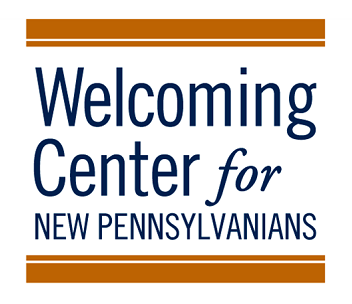Big Ideas Moving Solar Forward
Solar panels on residential rooftops have become more commonplace. Homeowners and communities continue to add them at an encouraging rate. After all, they save you money and help save the planet at the same time. Not much of a downside, right?
But there are corporate buildings and iconic structures also using solar energy and in creative, inspiring ways. Here are our top five picks:
#1 — Apple Park, Cupertino, California. Whether you’re a fan of Apple products or not, this campus is amazing. It houses over 12,000 employees in a 2.8 million square-foot building sitting on 175 acres. Quite a footprint yet it is one of the most energy-efficient buildings in the world. According to Wikipedia: “In an April 2018 press release, Apple announced that it had switched to being powered entirely by renewable energy. The solar panels installed on the roof of the campus can generate 17 megawatts of power, sufficient to power 75% during peak daytime, and making it one of the biggest solar roofs of the world.” Apologies in advance for the petroleum product pun but, innovation is running on all 8 cylinders here.
#2 — Tesla Gigafactory, Sparks, Nevada. This 1.9 million square-foot complex on 126 acres is part of Elon Musk’s commitment to advancing the world’s transition to sustainable energy. Designed to become completely self-reliant, the factory uses a combination of solar, wind and geo-thermal power sources. The roof is entirely covered with solar panels while the building faces true north so the solar panels can be accurately aligned. The Tesla website states: “With the Gigafactory ramping up production, Tesla’s cost of battery cells will significantly decline through economies of scale, innovative manufacturing, reduction of waste, and the simple optimization of locating most manufacturing processes under one roof. By reducing the cost of batteries, Tesla can make products available to more and more people, allowing us to make the biggest possible impact on transitioning the world to sustainable energy.”
#3 — Sun Dial Building, Dezhou, China. When completed in 2010, the Sun Dial Building was acknowledged by the World Record Academy as the largest solar energy building in the world. With a total area of 75,000 square meters, the unique sundial-shaped building houses a hotel, exhibition centers, scientific research facilities, meeting rooms and much more. The building’s advanced roof and wall insulation methods help reduce energy consumption by 30% compared to the national average. This building does not stand alone however; it is part of China’s solar initiative and a large solar-powered technology complex. The World Record Academy noted: “The (Sun Dial Building’s) ground-breaking solar energy and power-saving technologies, some of which have already been patented, include a number of technical advances that will push forward the mass application of solar energy.”
#4 — National Stadium, Kaohsiung, Taiwan. Initially built to host the 2009 World Games, it is still considered the world’s largest solar-powered venue. Now a multi-purpose facility, it can accommodate 55,000 people. Designed by Japanese architect Toyo Ito, the stadium generates most of its electricity from over 8,000 roof-top solar panels. On days when the stadium is not in use, the panels fuel the local grid and provide a large portion of the area’s energy requirements. Other eco-friendly aspects: its construction employed 100% recyclable raw materials and it utilizes a rainwater collection system for lawn and other maintenance.
#5 — Eiffel Tower, Paris, France. Last but not least, this icon exemplifies how an historic structure can incorporate renewable energy without compromising the beauty and original integrity of the design. First, to provide approximately half of the water heating requirements, solar panels were installed on the roof of the visitors center. Second, two vertical axis wind turbines were integrated on site, inside the monument above the second level. This wind energy system was designed and painted to match the rest of the tower and generates roughly 10,000 kWh of electricity per year, more than ample for the needs of the ever more popular tourist destination. LED lighting, high-performance heat pumps and a rainwater recovery system enable the Tower to participate in the Paris Climate Plan and be a part of a sustainable future for the city.
— Leslie Chew & Hillary Black, Force For Good






